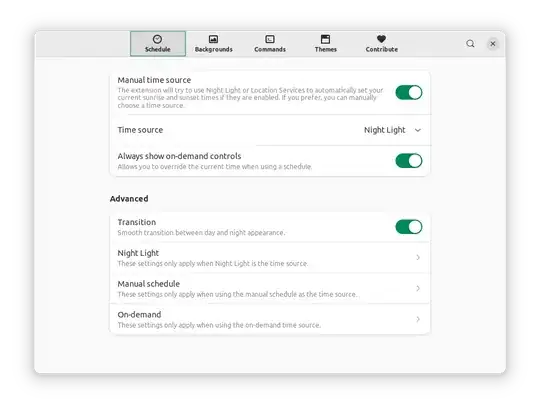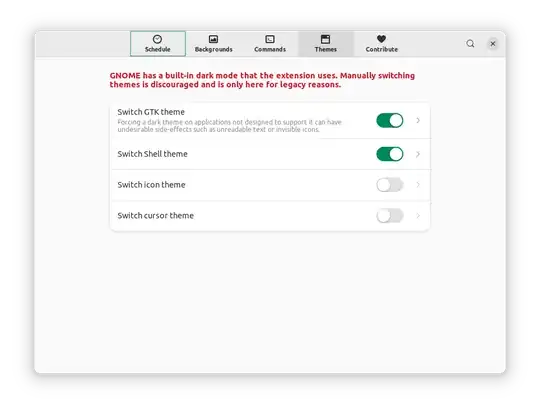Back on 21.10, just picking whichever theme, dark or not, in GNOME Tweaks, set the desktop to that theme.
Now on 22.04, due to the switch of some apps to libadwaita I assume, you need to set Dark/Light mode in the Appearance section of the system Settings for it to register (whether for GTK3 or GTK4 apps). The problem is, the Appearance section isn't available when using the GNOME session, that is to say not the default Ubuntu one but the "base" GNOME session without Ubuntu modifications. Probably because the system ships with version 41.4 of the control center and not version 42.
I can set it using this command:
gsettings set org.gnome.desktop.interface color-scheme prefer-dark
But surely there has to be a way to do so in UI? If not, that's a really poor user experience to have in a LTS release...

